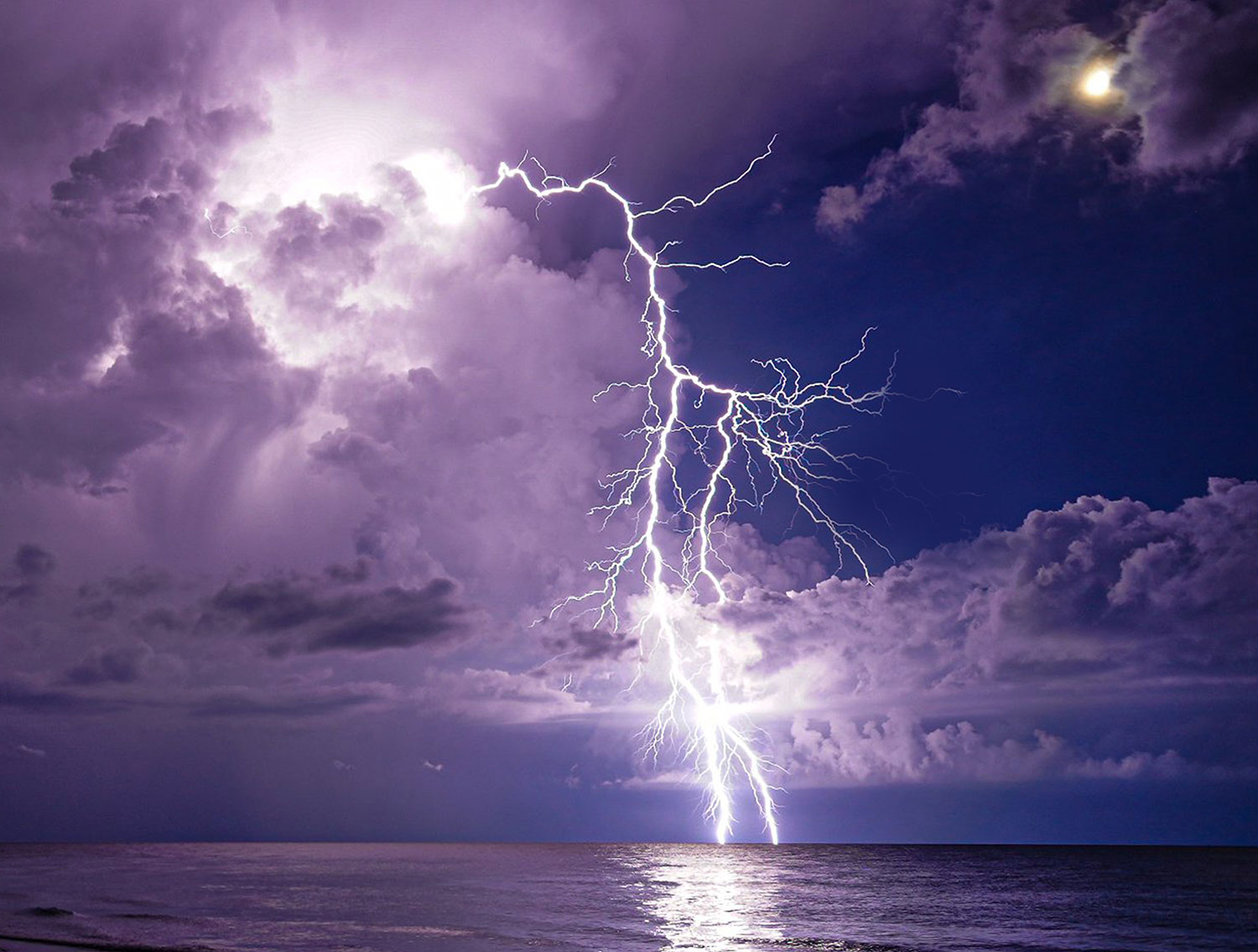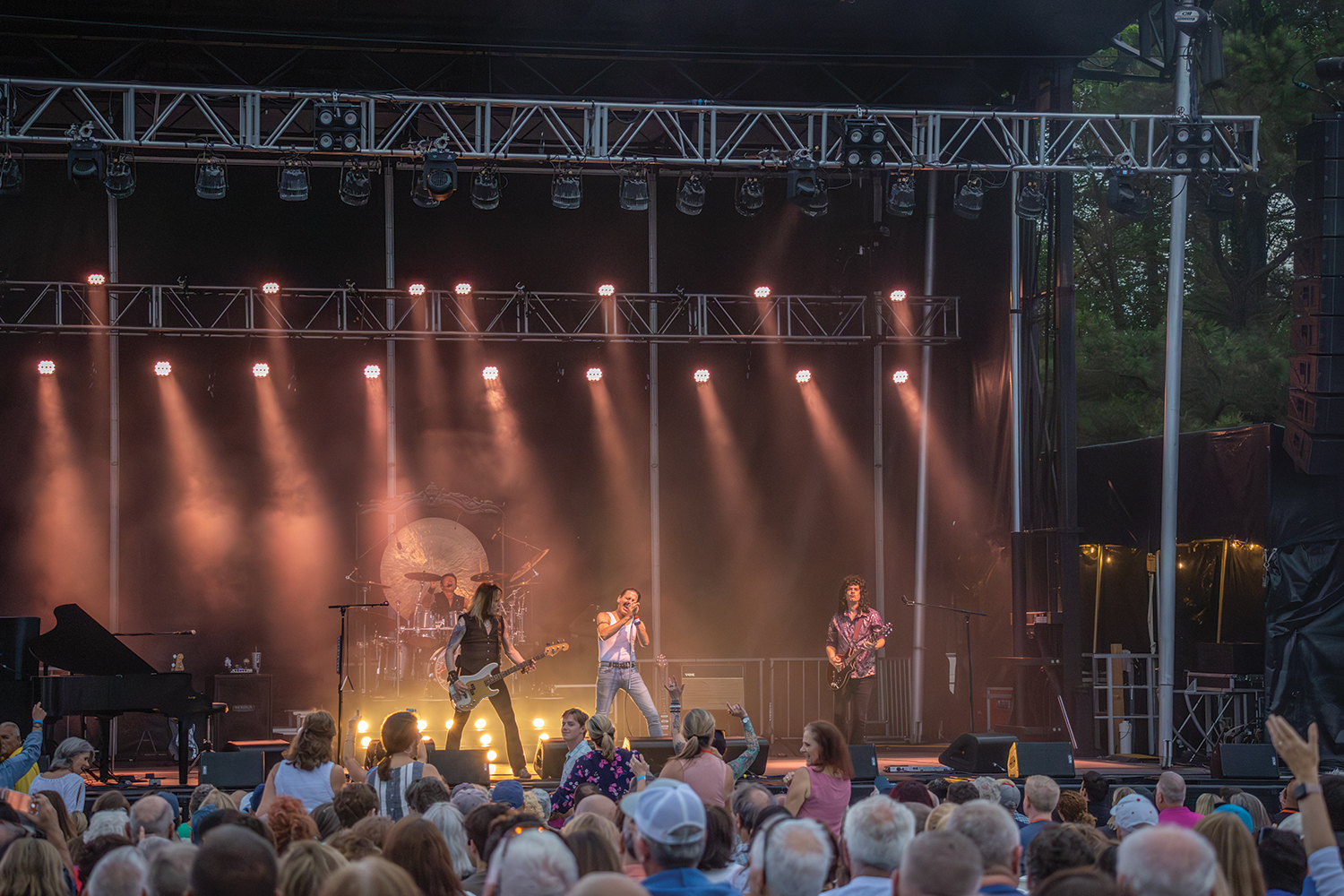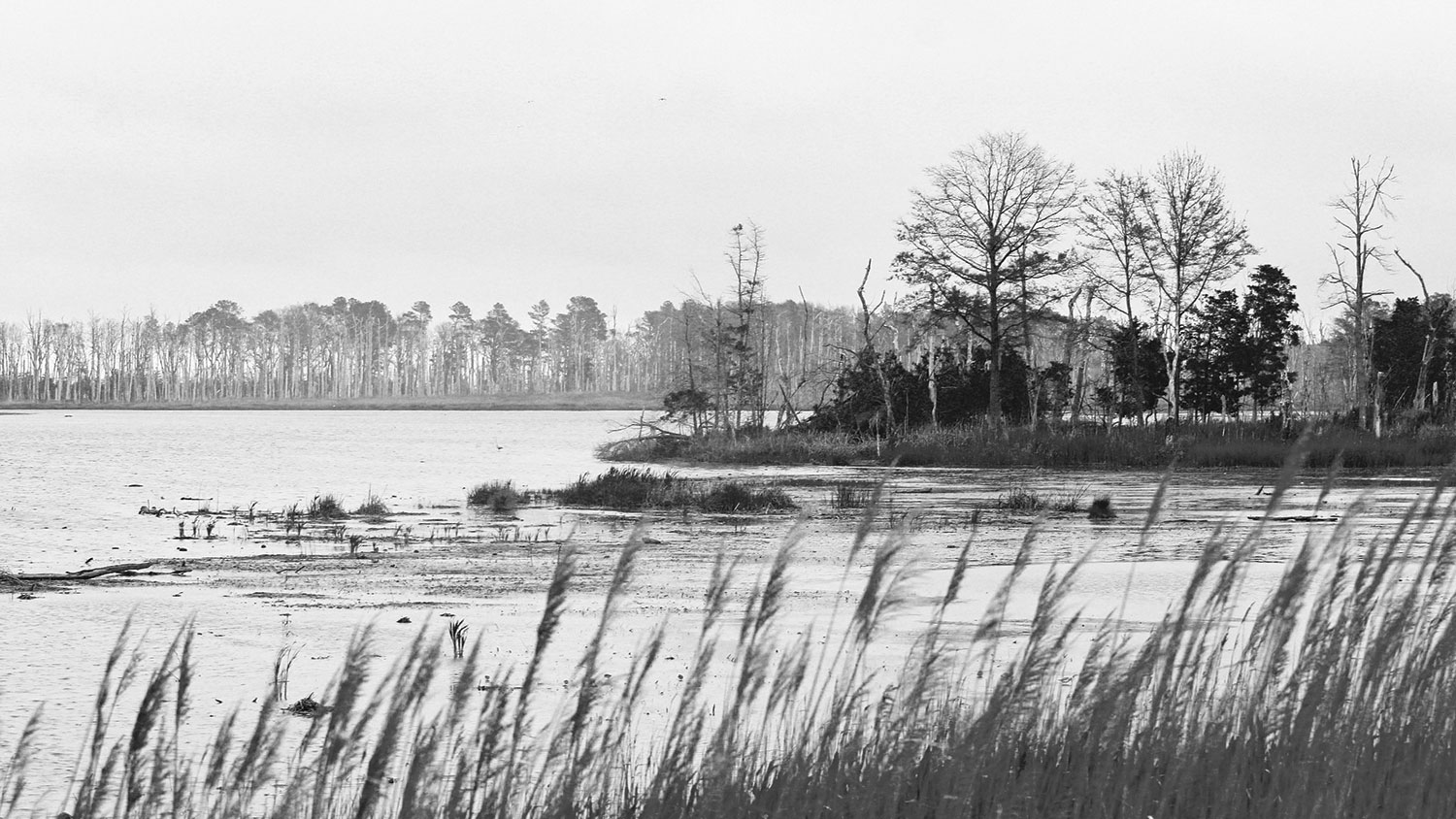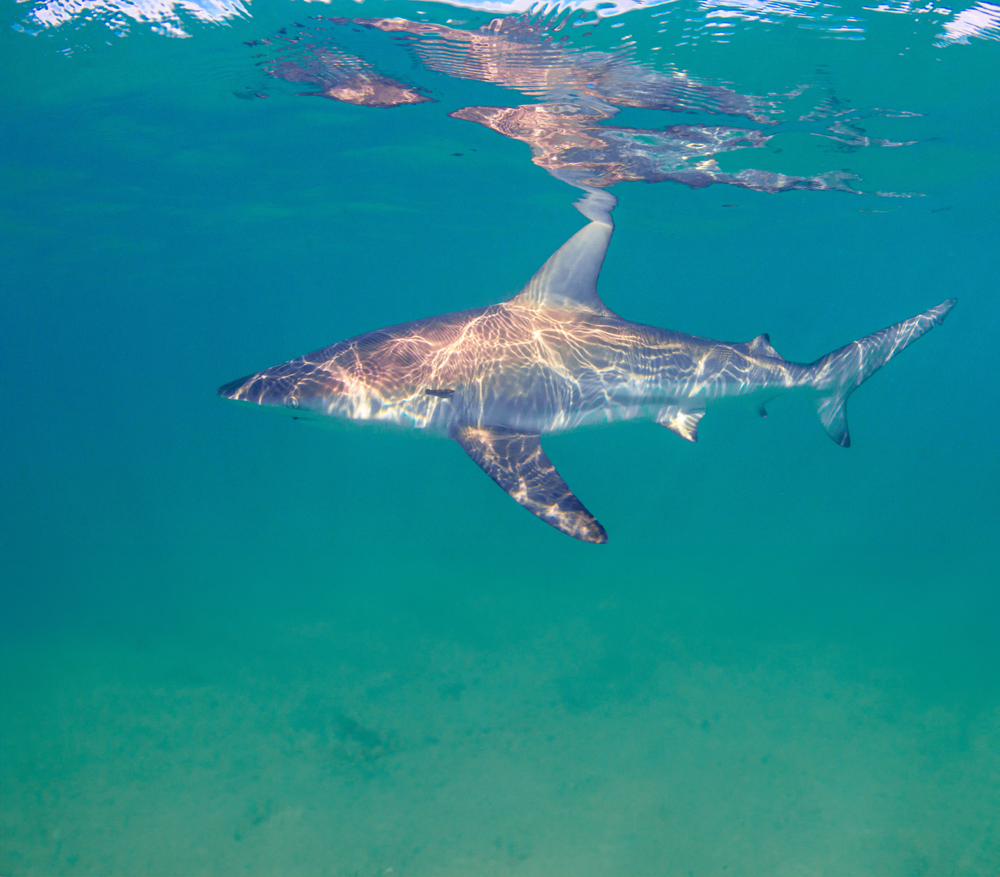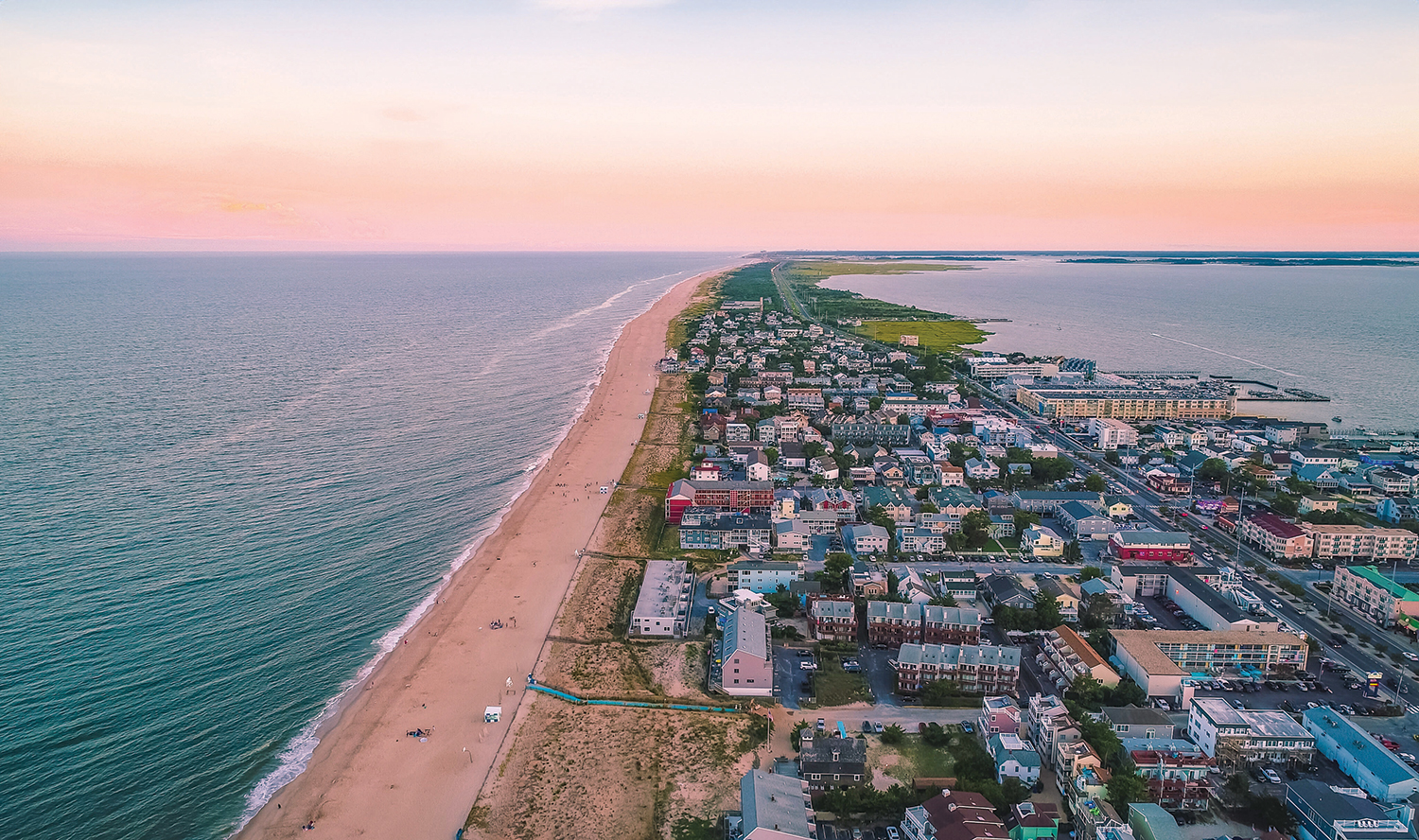This July, treat yourself to one of the spectacular fireworks shows in our region. After you’ve had your fill of the crowds, booms, and patriotic tunes, make sure to catch some of nature’s best light displays:
IF THUNDER ROARS, GO INDOORS
… then grab a cup of joe to watch nature’s fireworks light up the sky.
Thunderstorms produce captivating displays of cloud-to-ground lightning bolts, flashes within a single cloud, and zigzags that radiate out from a cloud. Lightning causes the thunder we hear when a huge spark of electricity heats up the air, creating an outward shock wave that produces a sound wave (thunder). Even “heat lightning” has thunder – we may just be too far away to hear it.
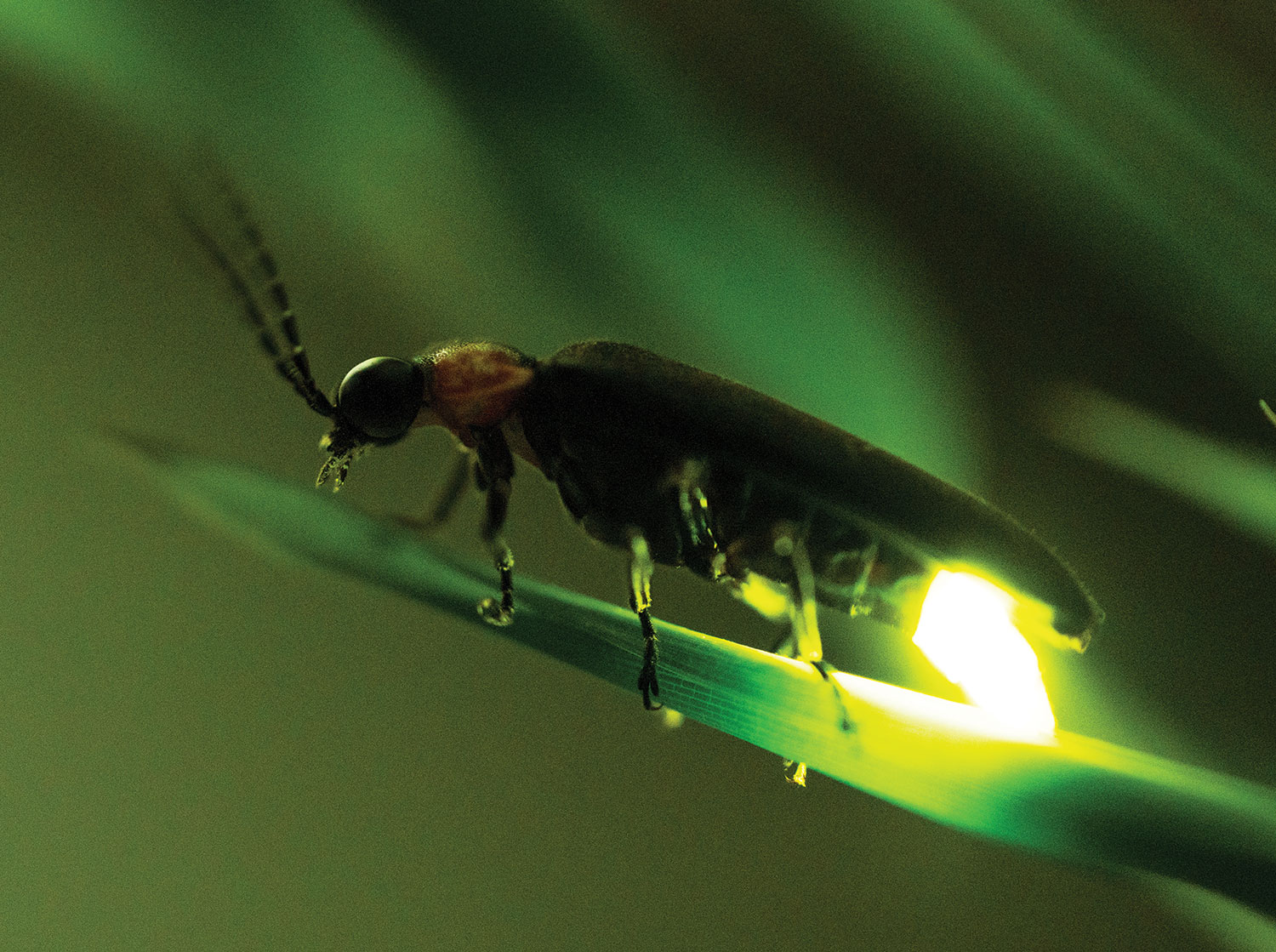
Delaware is home to the Bethany Beach firefly, a rare species known for its double-green flash. Think our local dating scene is hard? This firefly’s flashing beacon acts as Morse code to find a mate in the freshwater swales between our dunes – but light pollution and full moons can outshine its flash.

The blue and green glow of bioluminescence in our ocean and bays is a breathtaking sight. Comb jellyfish and blooms of plankton emit harmless blue-green light in surface waters when disturbed by waves or boat wake. Comb jellies are found year-round. The best time for plankton blooms is July through September.
DID YOU KNOW?
Metal structures don’t attract lightning, but they do conduct it. Lightning targets tall, pointy objects like trees and beach umbrellas.
If caught on a boat during a storm, disconnect electronics, avoid metal, and stay in the cabin.
Observe the Bethany Beach firefly from a distance – it’s being considered for Endangered Species Act protection due to habitat loss, light pollution, and climate change.
Teens 15 to 19 account for the most firework-related ER visits. Watch professional shows and keep pets indoors.

